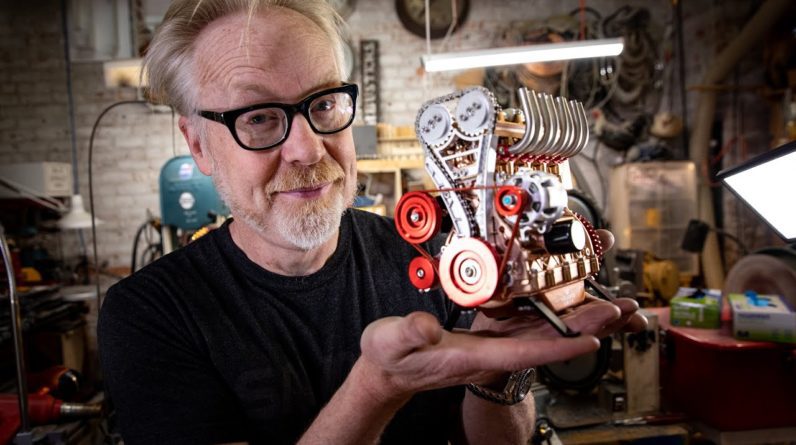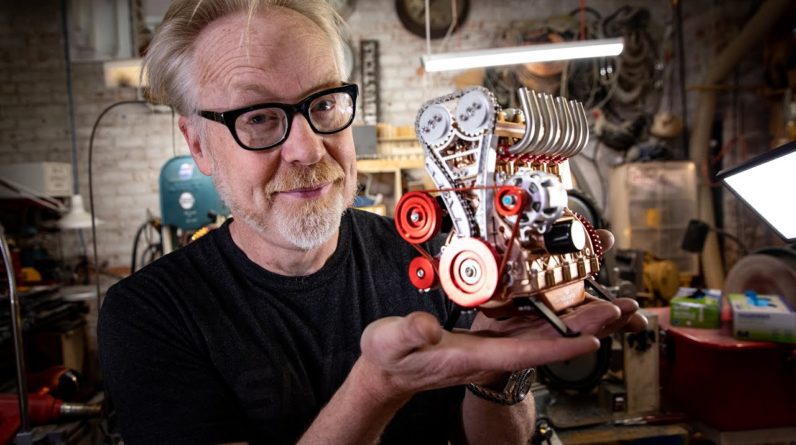what's glued my sprue crew, it's Brian Medina
here with another how-to video for you here on the Empty Sprue. raised rivets and fasteners on
a real aircraft can be quite noticeable so kits that come with recessed rivets can sometimes
seem inaccurate for some modeler's tastes or maybe your kit came with raised panel lines and
rivets but during assembly you had to wipe out a bunch of surface detail and you're wondering just
how you're going to replace all those rivets well in this video i'll show you how to do it step by
step first step of course is to get your supplies applying raised rivets to your model can be done
with these lead-free micro solder balls commonly found in electronics manufacturing i found these
micro solder balls on ebay it was a little over 10 bucks shipped for two bottles i ordered the two
smallest sizes i could find two millimeter and point three millimeter to affix the solder balls
to your model you're gonna need a liquid glue this should be one that dries tight to the surface
that way it doesn't leave any glue deposits behind the last couple things you're gonna need is a
couple small disposable cups a paint brush a rubber glove and probably the most important item
an optivisor or some kind of visual magnification because these things are tiny so mousse your hair
and grab your solder balls and let's get riveting this technique of adding rivets to your model
adds a great touch of realism and it's pretty simple to do i found it a little bit easier to
do this with recessed rivets that were molded than those that i had created myself the molded
rivets are slightly bigger and deeper than those made by riveting tool it makes it a lot easier to
get the solder balls into position so if you made your own recessed rivets you might need to do an
extra step that i'll show you in just a bit but first let's take a look at adding rivets to a
model that's molded with recessed rivets first put a couple sprays of the mousse into one of the
cups and a small amount of the solder balls in the other next dip your brush into the liquid
mousse and put a small puddle on your thumb then use the wet brush to load up
several solder balls on your brush and transfer them to the puddle on your
thumb this is going to be your supply if the puddle dries out while you're still working
just add a little more mousse and re-wet it next pick up several rivets from the puddle on your
thumb and use the brush to move them into place the trick is to have just the right amount
of mousse on the surface that way the balls aren't floating around in too much mousse and if
there's not enough then they're not going to stick to the surface now if you made your
own rivets and for whatever reason you need to add raised rivets the
technique is basically the same but i found that the rivets my riveting tools made
were too small and needed to be slightly enlarged without enlarging them the rivets
were too small and shallow for the solder balls to set it properly so i used
two needles to enlarge the rivet holes first the smaller needle followed by a large one this will make the holes a little bit
larger and the solder balls will fit into position more easily also unlike
the molded recessed rivets it seems to work better to only try to place a few
solder balls at a time because the holes are slightly smaller and a little bit harder
to keep the solder balls where you want them there's probably a more suitable glue
out there with a stronger glue-like hold so if you have one that you like let
me know in the comments below what it is if you want to learn some more cool detailing
techniques click on one of these videos right here and i'll see you over there don't forget
to subscribe so you don't miss any new videos







